October 7, 2013

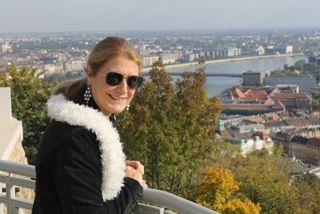
Kathy
Gellért
Hill

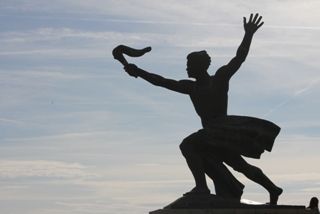
The highest point in Budapest is Gellért Hill which is named after St.
Gellért who came to Hungary as a missionary bishop upon
the invitation of King St. Stephen I. around 1000 AD. Of course Kathy
wanted to hike up to the top of it and check out the huge citadel that rests at
the top of the hill, so we hiked across the river and up the series of
switchbacks to the top to check it out and enjoy the amazing views.
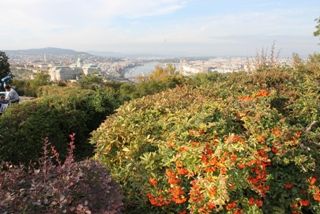
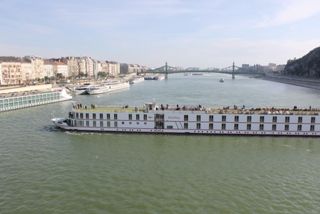
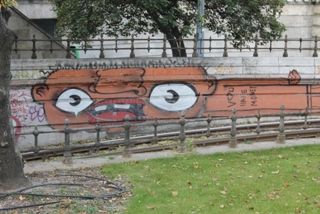
|
St. Gellért was tasked with helping
the Hungarians convert to Christianity. Some pagan leaders who did not want
to convert captured St. Gellért and rolled him down from the hill in a
barrel. The St. Gellért monument and its
fountain representing his martyrdom can be found on the Northeastern slope of
the hill facing the Elisabeth bridge.
|
|
The fortress of the Citadel
was built by the Habsburgs to demonstrate their control over the Hungarians. The
top of the Gellért Hill is a strategic point from where they had an overview
of both Buda and Pest. Though it was equipped with 60 cannons, it was used as
threat rather than a working fortification. After the reconciliation with the
Habsburgs the Hungarians wanted to demolish the buildings, but after all
it did not happen. In the mid 20th century it was converted to a tourist
center.
The fortress was built in 1851 by Julius Jacob von Haynau, a commander of
the Hapsburg Monarchy, and designed by Emánuel Zita and Ferenc Kasselik,
after the Hungarian Revolution of 1848. It occupies almost the entire 235
meters high plateau. The fortress is a U-shaped structure built about a
central courtyard, being 220 meters long, 60 meters wide, and 4 meters tall.
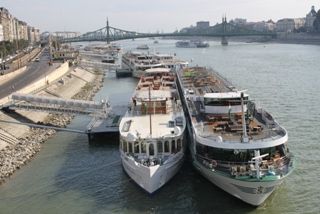
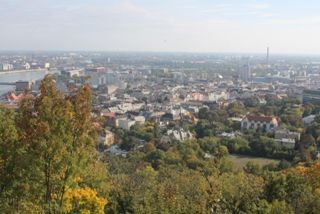
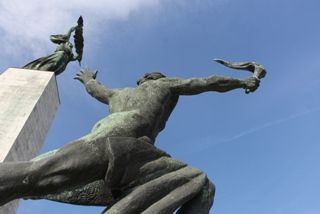
Actually built by Hungarian forced laborers, it was finished in 1854. In
June 1854 Austrian troops settled in the citadel. After the Austro-Hungarian
Compromise of 1867 and the establishment of Austria–Hungary, the Hungarians
demanded the destruction of the Citadel, but the garrison troops left only in
1897, when the main gate was symbolically damaged. It was not until late 1899
when the city took possession of the Citadel. A few months later, in 1900,
the walls were demolished.
In the Hungarian Revolution of 1956, Soviet troops occupied the Citadel.
Tanks fired down into the city during the assault that overthrew the Nagy-led
Hungarian government. Today the site is a popular tourist destination with
the citadel itself as well as a display of Soviet-era armaments and some
impressive monuments all worth visiting.
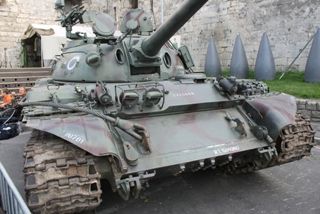


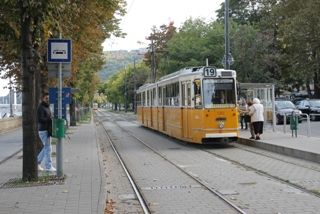
Kathy and I checked them all out including the dominating Liberation
Monument which towers over the entire area. The statue was erected in 1947
after the second world war. The main figure is a woman, holding an olive
branch, the symbol of peace in her hands. On both sides symbolic figures can
be seen: the young man's victory over the dragon represents the defeat of
fascism.
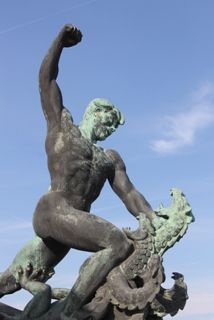
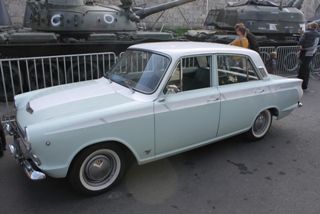
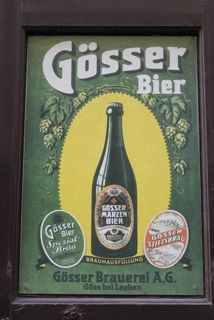

The most impressive aspect of the hill though is the commanding view of
the entire city that you have when you visit. It is really incredible and the
entire experience was just a real pleasure for us as the weather was just about
a perfect fall day with crisp temperatures, beautiful fall foliage in its
early stages and bright sunshine.

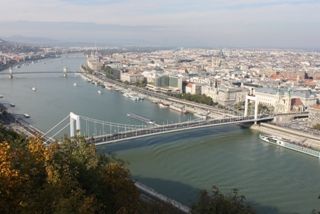


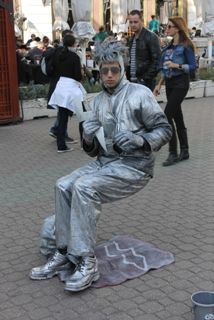
|

 Kathy
Kathy




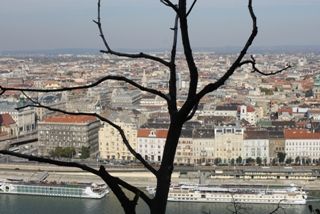

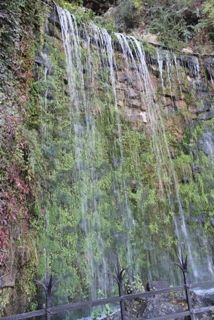

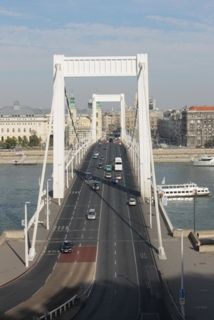

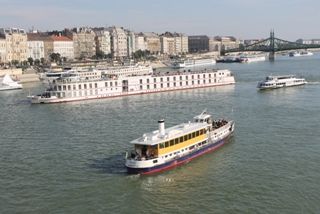


















0 Comments:
Post a Comment
<< Home